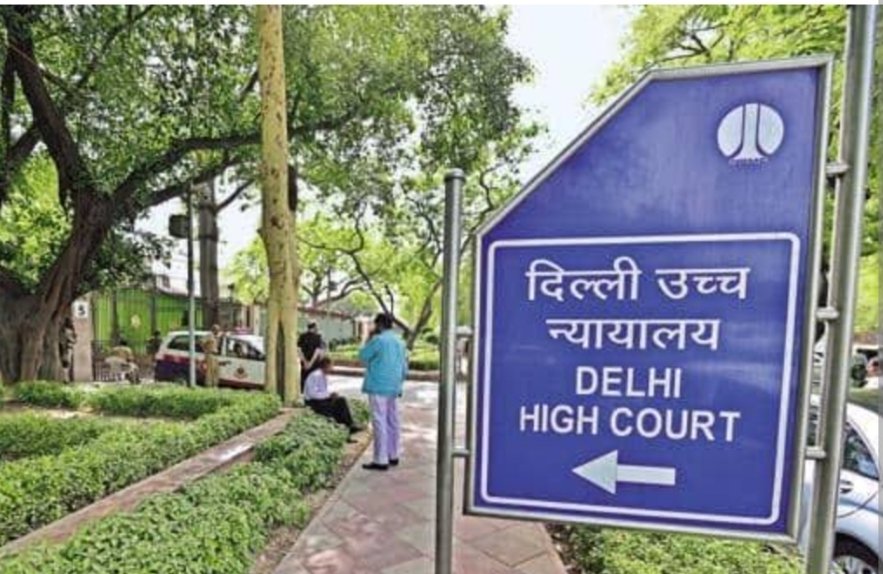In the contemporary landscape of commerce, the digital sphere has become a thriving marketplace where businesses engage in transactions, marketing, and branding. However, this digital ecosystem also presents challenges, particularly regarding intellectual property rights such as trademarks. One significant aspect in addressing trademark infringement in the digital realm is understanding the concept of intermediary liability. This article delves into the nuances of intermediary liability through the lens of a notable legal case, Zed Lifestyle Private Limited v. Hardik Mukeshbhai Pansheriya & Ors., shedding light on its role in safeguarding intellectual property rights.
Background
The core of the current legal dispute revolves around the adoption of the trademark “BREADO” by Hardik Mukeshbhai Pansheriya & Ors (Defendants) in classes 7 and 11, within the domain of online business. This mark had already been claimed by Zed Lifestyle Pvt. Ltd. (Plaintiffs) as “BEARDO” across eight different classes, primarily associated with male grooming products. Notably, the Plaintiffs had obtained registration for the mark under Class 3 for “Bleaching preparations and other substances.”
The conflict arose when the Defendants, for their business endeavours, adopted the mark “BEARDO,” which bore similarity to the mark already established by the Plaintiffs. The Plaintiffs raised objections regarding the registration of this mark, citing its deceptive similarity, the potential for confusion among consumers, and the Defendant’s likely benefit from the goodwill associated with the Plaintiffs’ mark.
The Plaintiffs argued that their mark had acquired a distinct identity in the market, leading consumers to perceive products bearing this mark as exclusively associated with the Plaintiffs. Consequently, the Plaintiffs asserted their exclusive rights over the use of the mark.
The legal counsel representing the Plaintiffs drew upon Section 29(4) of the Trademarks Act 1999 to support their argument. This section of the law delineates that employing a mark akin to a registered trademark, even for goods or services distinct from those covered by the registration, could potentially amount to trademark infringement. This legal provision underscores that such unauthorized utilization might unfairly capitalize on or detrimentally affect the reputation associated with the registered trademark.
Court’s Decision
The court underscored several assertions from the Plaintiff’s complaint, which remained unchallenged by the Defendants. These assertions included allegations of deliberate endeavours to exploit the Plaintiff’s brand reputation and mislead consumers by establishing connections between the Defendants’ products and those of the Plaintiff. The court adjudged the Defendants’ actions as deceitful and detrimental to the distinctiveness and reputation of the Plaintiff’s trademark.
Consequently, the Delhi High Court issued an injunction against the Defendant, prohibiting any further use of the trademark “BEARDO.” This decision was grounded in Section 29(4) of the Trademarks Act 1999. Furthermore, the court directed Defendant No. 3 (Amazon Seller Services Pvt. Ltd.) to remove all web pages associated with the products of Defendants No. 1 and 2 that employed the trademark “BEARDO,” regardless of their categorization or characteristics.
Furthermore, pending further orders, the Hon’ble High Court instructed Defendants No. 1 and 2 to abstain from using the trademark “BEARDO” in connection with any goods, including those falling under Classes 7 and 11, whether independently or in conjunction with any other elements.
Analysis of Trademark Law
In its interpretation of trademark law, the court leaned heavily on Section 29(4) of the Trademarks Act of 1999, which serves to broaden the scope of infringement. This particular provision is instrumental in addressing scenarios where similar marks are applied to disparate goods, potentially compromising the distinctiveness or reputation of the registered trademark. The court conducted a thorough examination of the criteria delineated within this section to assess the Plaintiff’s eligibility for injunctive relief. This meticulous scrutiny serves to underscore the judiciary’s unwavering commitment to safeguarding intellectual property rights and fostering fair competition within the marketplace. By delving into the intricacies of trademark law and assessing the ramifications of unauthorized usage on brand perception, the court demonstrated a steadfast dedication to upholding the integrity of trademarks and advocating for ethical business practices.
Analysis
The term “intermediaries” is defined under section 2(w) of Information Technology Act, 2000 as: “Intermediary” – with respect to any particular electronic records, means any person who on behalf of another person receives, stores or transmits that record or provides any service with respect to that record and includes telecom service providers, network service providers, internet service providers, web-hosting service providers, search engines, online payment sites, online-auction sites, online-marketplaces and cyber cafes. Intermediary liability describes the legal accountability that intermediaries like social media networks, e-commerce sites, and internet service providers (ISPs) have to take for the actions of their users or other parties. When it comes to trademark infringement, intermediaries might be held accountable for encouraging or permitting illegal activity on their site.
The Delhi High Court emphasized the need to shield customers from misinformation and misunderstanding while acknowledging the significance of trademarks in identifying the deception in goods. The Defendants’ unauthorized use of Zed Lifestyle’s trademarks was deemed by the court to be trademark infringement since it raised the possibility of consumer misunderstanding regarding the products’ origin as the court takes into account certain factors to determine trademark infringement such as valid ownership of the trademark, likelihood of confusion with respect to the mark and the use of the trademark i.e., the similarity and purpose in using the trademark.
The Defendant No.3 played a pivotal role as an intermediary which led it to hold responsibility for using the Plaintiff’s trademark on its platform. The Defendant No.3 contended that they were only middlemen offering a venue for transactions between buyers and sellers and that they had no need to oversee or confirm the legitimacy of the product or items listed on their platform.
However, the court reiterated its position and stated that although Defendant No.3 is an intermediary and it cannot relinquish its liability as an intermediary. Thus, it had to takedown all pages with the Defendant No. 1 and 2’s products.
Authors: Raisha Bansal & Malabika Boruah

